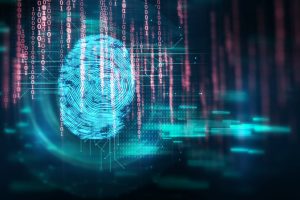Russia is upping hybrid attacks against Europe, Dutch intelligence says

source: nbcnews.com (contributed by FAN, Steve Page) | image: pexels.com
“We see the Russian threat against Europe is increasing, including after a possible end to the war against Ukraine,” the director of the Dutch military intelligence agency said.
THE HAGUE, Netherlands — Russia is increasing its hybrid attacks aimed at undermining society in the Netherlands and its European allies, and Russian hackers have already targeted the Dutch public service, Dutch military intelligence agency MIVD said Tuesday.
“We see the Russian threat against Europe is increasing, including after a possible end to the war against Ukraine,” MIVD director Peter Reesink said in the agency’s annual report. Continue reading “Russia is upping hybrid attacks against Europe, Dutch intelligence says”









 source: axios.com (contributed by Bill Amshey) | image: pexels.com
source: axios.com (contributed by Bill Amshey) | image: pexels.com